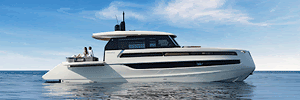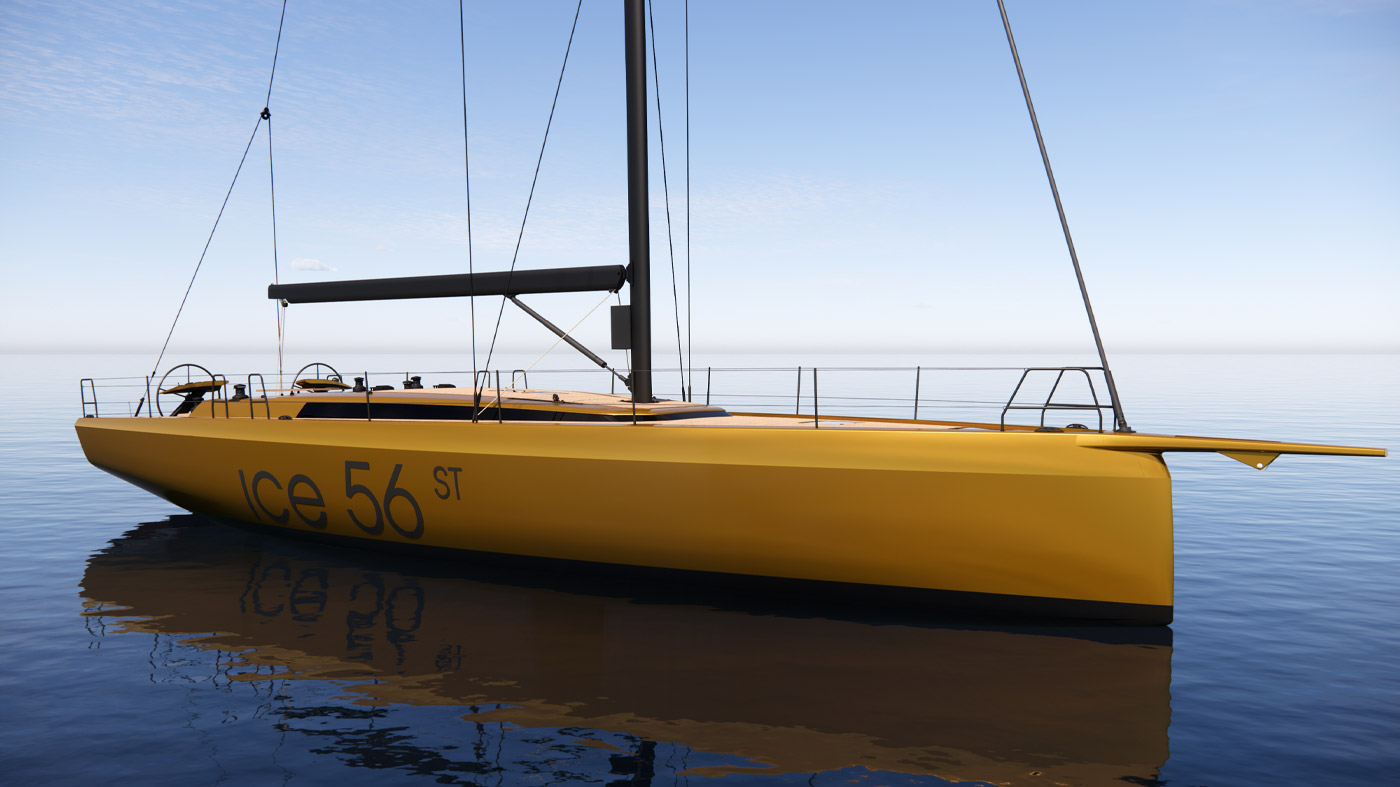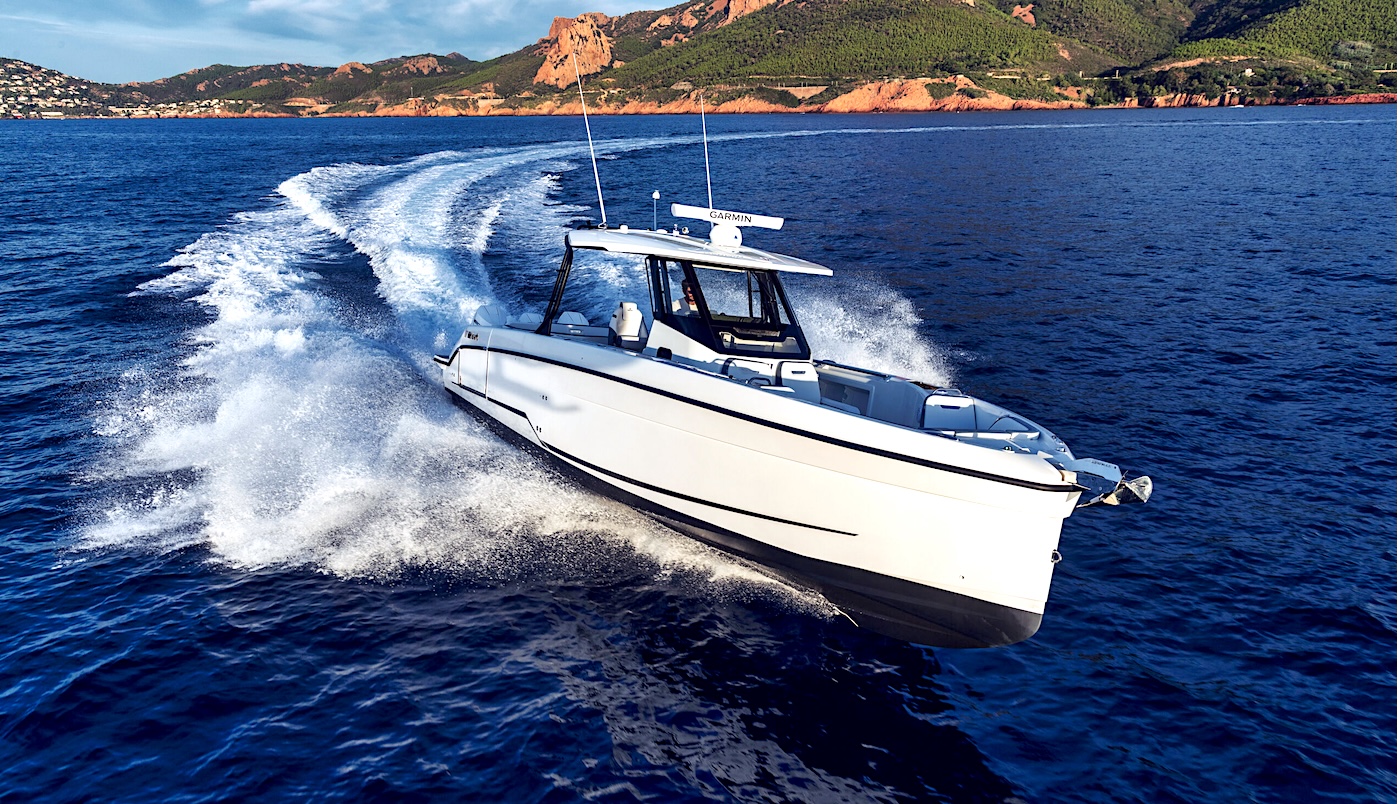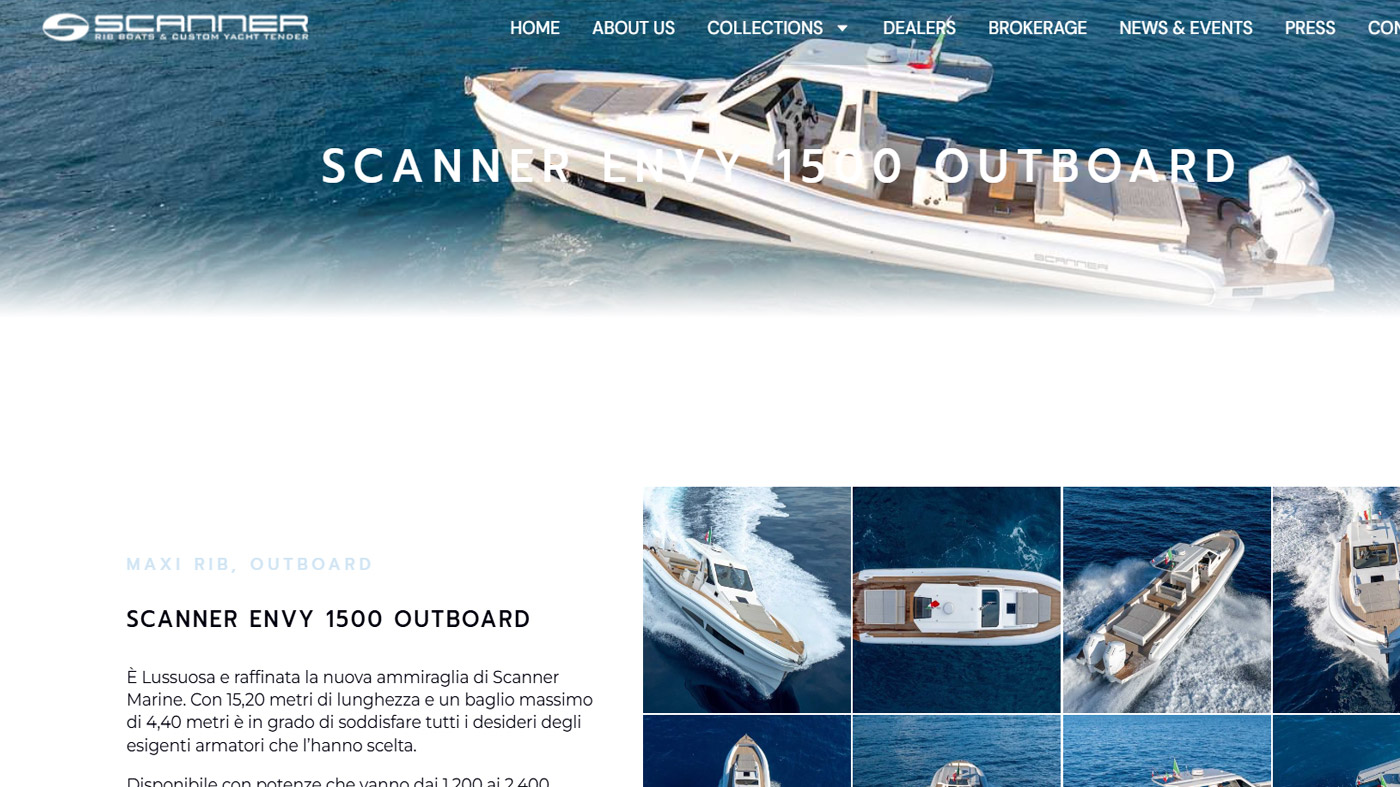Leggi l’articolo in italiano
Nowadays, almost all cruise boats are equipped with a folding fore sail which opens or closes through the jib furling. A simple operation, since it’s sufficient to “pull” a rope toopen and “pull” a sheet to close. But we must respect a sequence of actions and some precautions in order to not make our efforts useless or too hard.
At first, a note concerning the sequence. If we must lower the mainsail in the traditional way, that is with the bow to the wind, it’s better to roll the jib at first. This is necessary to prevent the clew cringle from hitting the person standing at the mast.
Moreover, the lifted mainsail offers the possibility to close the jib in a different sailing point from the classic close-reach, with the mainsail covering the jib by spilling it completely and allowing to us to roll it up.
Now, we can start the manoeuvre. At first, we must spill the sail. We don’t’ need to bring the bow to the wind, as we explained some days ago for the case of the mainsail furling. The jib has no sticks pressing on the mast, so it’s easy to decrease tension. It’s sufficient to take a close reach and slack the jib sheet of about 30% in order to let the fore sail spill.
Then, you can use the jib furling sheet to furl the sail. The ideal condition is when you have a person hauling the jib sheet and another one spilling the sheet gradually in order to hold the jib spilled while furling it in the right way (neither too fast nor too slow).
Before using the jib furling sheet please verify that stopper is open. If the manoeuvre is too hard, you can loosen the backstay tension a little. Hauling the furling jib sheet in the point going out the stopper before block is not a good idea because it creates a great friction.
The manoeuvre might be very hard anyway, especially in rather big boats. You can use a winch or, if you prefer, you can haul the jib furling sheet in a more advance position, at about mid-boat, by flexing on your legs, without forcing your back, better with a person recovering the slack.




























